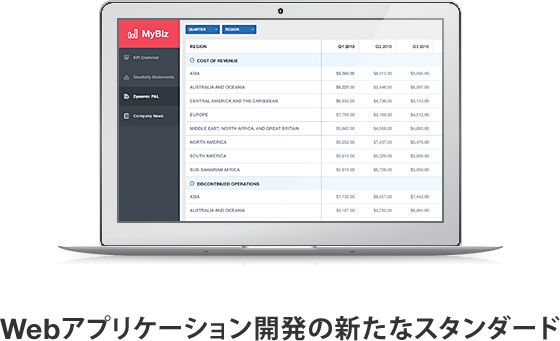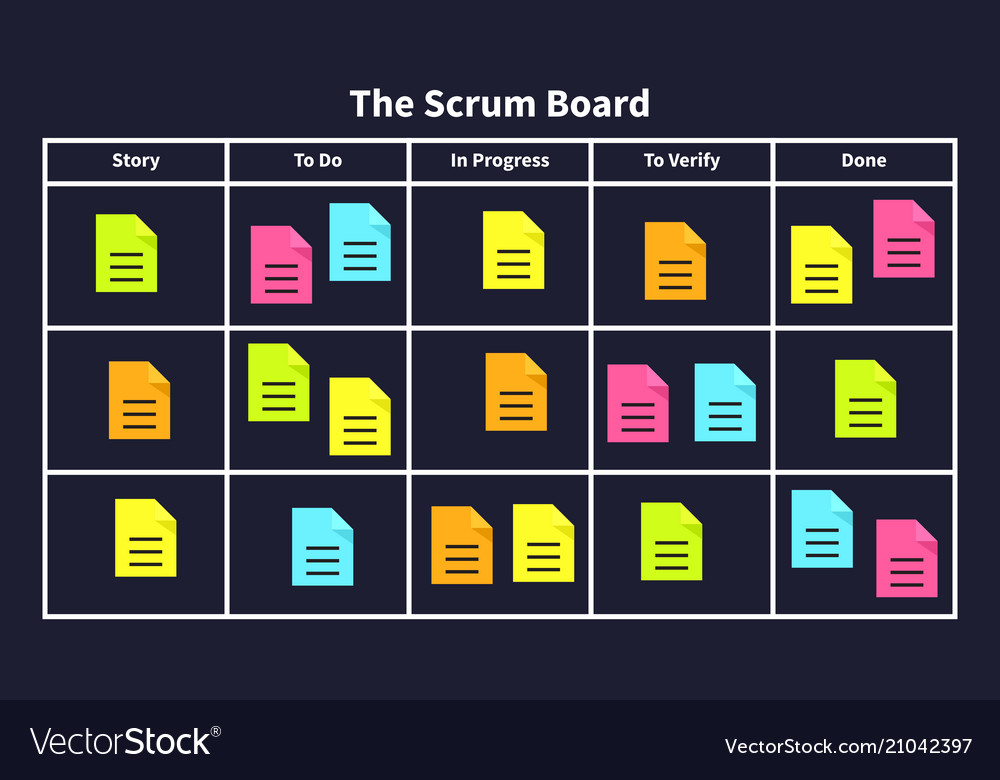

In the first article, we discussed Kanban boards.
#Taskboard stangard update#
If you know of additional differences between Scrum and Kanban boards that are not mentioned in this article feel free to share them in the comments field! We would love to discuss and update the article.This is the second in a two part series covering the Agile capabilities of Microsoft Project. an article comparing Agile and Lean, Scrum and Kanban. our recent case study with nice retrospective examples our recent case study with a focus on story sizing in Miro Virtual boards provide a significant advantage over physical boards: if you want to try Miro for Agile planning with your remote team, check out: Many coaches advise to define what works better for your particular team in order to implement customized Scrumban (Scrum + Kanban) and achieve better results. Having the whole process of creating and updating two most popular visual management tools on one page is quite useful.Īlso let me remind that this article was not aimed to define which tool is better since there is no competition between them.


According to the Agile Guide, features and tasks should be accompanied with details such as acceptance tests, UI sketches, etc.Īs you can see both Kanban and Scrum boards are not isolated. Scrum considers User Stories as the best practice to decompose big items from a Product backlog to Sprint Backlog. On the Scrum taskboard, the team moves items from the Product Backlog to the Sprint Backlog, which is the list of items they are committed to build in a dedicated period of time. In this case Urgency tasks receive the first priority for the team so some team members should be sent to accomplish it faster. It can be an unpredicted urgent task from the Backlog or a bottleneck task from the board. Some teams add an Urgency section on the Kanban represented as a swim lane where it’s supposed to get a maximum speed. One of the main aims of this methodology is to make the product adaptive and the team – predictive. Thanks to prior analytical, planning, sizing and prioritization sessions, a Scrum Team shall rarely be faced with unexpected urgencies. There are several categories of sticky notes that may appear on the board: Now that we’ve gone over some basic Kanban vs Scrum distinctions, let’s dive into some methodology, terminology and actually compare key elements of Kanban vs Scrum.īoth Kanban and Scrum boards use sticky notes to communicate the status of the development progress. Scrum vs Kanban – What’s the Difference? + FREE CHEAT SHEET Here’s a very well-done video that will lay the ground for our discussion in this article.
#Taskboard stangard software#
We’ll get into the detailed Kanban vs Scrum board comparison shortly, but let’s first lay the basic ground for discussion and look at it from software development perspective. So, which is the best project management methodology for you? Scrum boards are more methodical but require more prep time and organization Kanban boards give team members more leeway, but don’t provide the same level of organizational structure. Both Scrum and Kanban boards use Agile methodology to track project status from ideation to completion: setting specific goals, delegating tasks, and plotting workflow.


 0 kommentar(er)
0 kommentar(er)
